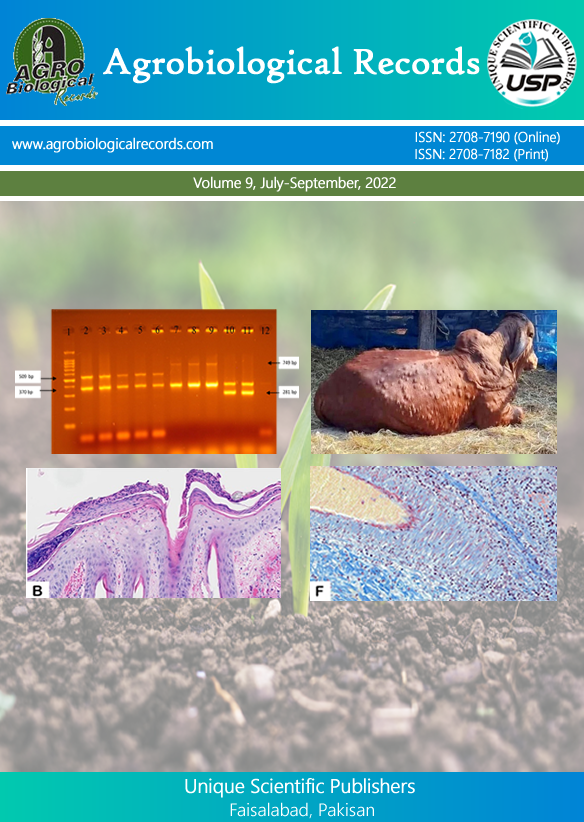
Maria Rasheed1,* and Xiaoxia Du ,2,*
1Department of Zoology, Wildlife and Fisheries, University of Agriculture, Faisalabad, Pakistan 2Shandong Vocational Animal Science and Veterinary College, Weifang, China
*Corresponding author: mariaashab97@gmail.com (MR), duxiaoxia0931@126.com (XXD)
In our rapidly changing world, where human activities have profound effects on nearly all forms of life, understanding the dynamics of organismal adaptation to human-induced environmental changes is of paramount importance. This paper delves into the concept of domestication as an early manifestation of the Anthropocene, shedding light on how animal populations respond to domestication selection provides valuable insights into the intricate interplay between plastic responses and evolutionary changes. By examining this relationship, we gain a deeper understanding of the fate of wild vertebrates as they navigate a human-altered world. Through a comprehensive analysis, intentional breeding, managed hunting, and extermination emerge as interconnected elements within a continuum of anthropogenic agents driving ecological selection. Moreover, we identify shared targets of selection that extend beyond domestication, encompassing a broader range of human-induced selection pressures. Remarkably, many traits that facilitate successful domestication also equip wild animals with the adaptive capacity to thrive in human-dominated environments, highlighting their importance in understanding the larger context of adaptation. Additionally, domestic animals serve as a source for feral lineages and genetic exchange with their wild counterparts. This exchange, coupled with shared ecological constraints and gene flow, contributes to convergent or congruent changes across various responses to human influence. By recognizing domestication as another source of anthropogenic selection, we unlock valuable insights for conservation efforts and present a promising avenue for unraveling the mechanisms underlying behavioral adaptation. In summary, this review emphasizes the urgent need to comprehend how organisms adapt or fail to adapt to human-induced environmental changes. By elucidating the intricate relationships between domestication, human-induced selection pressures, and adaptation, we deepen our understanding of the complex dynamics within the Anthropocene and pave the way for effective conservation strategies while shedding light on the mechanisms that drive behavioral adaptation.